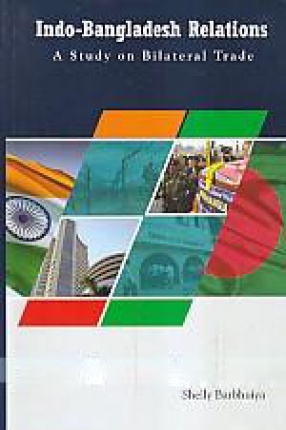After its detachment from the bigger state of Panjab, the Haryana economy has sustained a lot of economic dynamism bringing productive prosperity to its villages but this rural transformation lacked the institutional scaffolding of Panchayati Raj, a vital organ of participative democracy in the rest of India. The Haryana Panchayati Raj Act, 1994 has rectified this sorry state of affairs with the regular elections to the new bodies being held in April 1995. This book is the first systematic attempt to study the ‘new’ PRIs in Haryana. This empirical study fills up a long-standing vacuum in the domain of Panchayati Raj studies in India and presents a comprehensive overview of the organizational structure and democratic functioning of PRIs in Haryana. The book, thus, provides a first-ever empirical profile of Panchayati Raj leadership in Haryana highlighting not only their socio-economic background but also projecting their views and perceptions on a very wide gamut of issues ranging from empowerment of women to bureaucracy and prospects and problems of resource mobilisation. The elected PRIs office-holder’s perceptions about the objectives and operational road-blocks in the working of PRIs have also been analysed and their doubts and dismay about the ‘new’ constitutional Panchayati Raj in Haryana have been projected making the study useful for all those interested in making PRIs vibrant institutions of self–government. The empirical message of the data analyzed is clear. Even in an agriculturally dynamic state like Haryana, the institutional transformation wrought by the 73 Amendment has proved insufficient for the PRIs non-officials to carry forward the process of rural transformation : policy planners, political activists and academic analysts would do well to ponder upon the detailed data-base generated by this first – ever empirical study of ‘new’ PRIs in Haryana which came to existence in compliance with the Constitution of India.

The New Panchayati Raj – Rural Transformation in the State of Haryana
In stock
Free & Quick Delivery Worldwide
reviews
Bibliographic information
Title
The New Panchayati Raj – Rural Transformation in the State of Haryana
Author
Edition
1st Ed.
Publisher
ISBN
8187359186
Length
xx+212p., Tables
Subjects




There are no reviews yet.